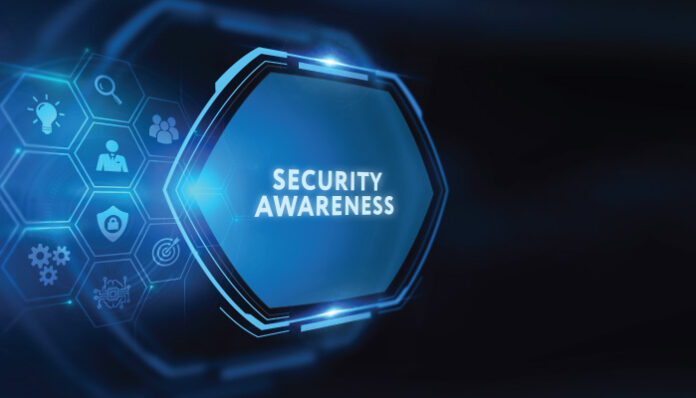Businesses need an effective strategy for raising security awareness among their employees. Employees can avoid a potential data breach that could harm a company’s operations, finances, and reputation if they have the right tools and knowledge to spot signs of a security incident before it occurs.
According to a 2022 Verizon Data Breach Investigations Report (DBIR), over 80% of breaches worldwide involved humans. These instances may involve individuals being the target of smishing attacks or phishing emails or individuals committing errors, such as IT administrators misconfiguring their cloud accounts and unintentionally disclosing sensitive data to everyone. What should businesses do if people pose such a high risk? How can they increase security awareness among their employees?
The traditional method has been to solve the issue with more technology. Businesses will implement security solutions that screen and block phishing email attacks if cybercriminals are successfully phishing people with emails. Multi-factor authentication will be used if hackers are stealing people’s credentials. The issue is that threat actors bypass these technologies by targeting humans.
Cybercriminals target people’s mobile phones with smishing attacks as workplace security becomes better at blocking phishing email attempts. As more and more businesses implemented MFA, cybercriminals started nagging users with MFA requests until they approved one.
Also Read: Top Four Implementation Impediments for Password less Authentication
Businesses also encounter their second challenge here: Security teams all too frequently blame people as the main cause of human risk issues, as seen by expressions that are often used in the industry, like “humans are the weak link in security.”
The security community is often at fault when cybersecurity is seen from the viewpoint of an employee. People are predisposed to failing because cybersecurity seems so perplexing, frightening, and overwhelming.
People continue to use weak passwords in an unsafe manner, according to the security industry, but the issue persists because password policies that are taught are perplexing and keep changing.
For instance, many businesses or websites have policies dictating the use of complex passwords that include upper- and lowercase characters, symbols, and digits. Then they mandate regular password changes, but they don’t offer a safe means to store all those lengthy, intricate, and altering passwords.
Managing Human Risk
The traditional approach has been security awareness training, which comprises informing and instructing the employees on how to be cyber secure. Although it’s a step in the right direction, companies must take this one step further and manage human risk.
Managing human risk necessitates a more strategic approach. It increases security awareness by doing things like:
- Risks –The ` team should function as an integral element of the security team, even directly answering the CISO. They should closely collaborate with other security elements, including the cyber threat intelligence analysts, Security Operations Centre, and incident responders, to identify the main human risks to the company and the critical behaviors that mitigate those risks. Once the important risks and behaviors have been determined and given the highest priority, they can inform and educate their employees about those behaviors.
- Policies –Leaders must begin developing security policies and processes that are much easier for people to understand and follow. They must design policies and the tools that support them with humans in mind. They must focus on something that will be simple for people to learn and use if they want them to adopt strong authentication. The more difficult and manual the procedure, the simpler it is for cybercriminals to exploit.
Also Read: Effective Collaboration Between IT and HR is Critical to Better Cybersecurity
- Security team –Security teams need to make the workforce understand the “why” of their requirements, including why password managers are vital, what value MFA has for them, and why enabling automatic updating is beneficial for them, in simple terms that everyone can understand.
Managing human risk is becoming a crucial part of the security strategy of every leader. Security awareness is the first step in the right direction as security leaders, and their teams attempt to engage, communicate with and train their workforce. However, in order to effectively manage human risk, they need to make a more committed, strategic effort.
For more such updates follow us on Google News ITsecuritywire News. Please subscribe to our Newsletter for more updates.









